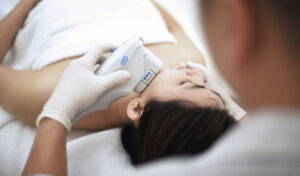
Ultherapy is a non-invasive skin lifting treatment using Micro-Focused ultrasound to tighten skin and stimulate collagen production.
It is unique in that it is the only treatment cleared by the US FDA for to lift the skin on the brow, neck, chin, and décolletage. It was the original HIFU procedure which gave rise to so many others today. Another important feature which sets Ultherapy apart from other HIFU treatments is that it allows doctors to visualise the patient skin layers using ultrasound imaging in real-time during the treatment. Other HIFU systems do not allow us to do this.
The Importance of Visualisation During Ultherapy

While some are skeptical about the significance of real-time visualisation, long-time practitioners of Ultherapy like myself will tell you otherwise. Being able to visualise the skin during treatment allows us to place the ultrasound energy precisely where we want it into the skin. Ultrasound visualisation has 4 beneficial effects:
- Accurate placement of microfocused ultrasound energy at the correct skin depth(1). As everyone’s skin is different, our skin thickness differs. Even though the transducers are set at 4.5mm, 3.0mm and 1.5mm, our skin does not follow the same rules. With visualisation we can choose the right transducers, and further refine the depth we want to place the energy by using techniques such as applying pressure, and adjusting the amount of gel used.
- Less Pain. Stop the pain which occurs during Ultherapy and other HIFU treatments Occur because the energy is placed in the wrong tissue such as bone and into muscle. The amount of discomfort during Ultherapy is very much reduced when the energy is placed accurately.
- Improved Safety. While Ultherapy is very safe, High Intensity Ultrasound energy has the potential to cause side effects(2), including skin burns. There has been even reports of damage to the cornea resulting in ulceration after HIFU treatments. The side-effects can be minimised if we accurately placed the energy into the right skin layers, with visualisation.
- Ensure good coupling of Ultrasound transducer on skin. Efficient delivery of ultrasound energy is highly dependent on good contact of the transducer with the skin. When performing HIFU Treatments with other systems with no visualisation, there is no way for us to ensure a good coupling. This is different with Ultherapy, when I have real-time feedback on whether my transducer is in maximal contact with the skin. This of course translates to better results from the treatment.
Ultherapy with See Plan Treat
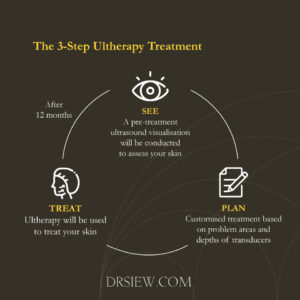
The Ultherapy See-Plan-Treat protocol is a newly introduced protocol which crystallises what experienced doctors have been doing when they perform an Ultherapy treatment. It marries the 2 vital technologies of the Ultherapy system – ultrasound visualisation, and micro-focused ultrasound. The treatment is now divided into three steps, comprising of planning stages even before the procedure starts:
SEE During the initial consultation, I first assess your skin to understand your skin texture and also find out what your areas of concern. I then proceed to scan your skin with the Ultherapy transducer to evaluate your skin thickness on various parts of your face. This is an important and necessary step because just like everything else – everybody’s skin is different.
PLAN While the nurse prepares you for the procedure with topical numbing cream, I will plan your treatment with a detailed map using the information I learned about your skin during the SEE step. These include marking out the areas I will treat, which areas to concentrate on, and detailing the number of shots I will deliver, at ultrasound energy levels.
TREAT The treatment commences by delivering microfocused ultrasound with visualization to treat the deep tissue planes based on the plan that was customised for you. Depending on which areas of the face, the doctor will closely follow the plan and alternate between 1.5mm, 3.0mm, and 4.5mm transducers to deliver the ultrasound energy. The three different transducers work on different layers of the skin – from superficial layers to deep foundational layers that could only be reached by surgical facelift.
More is Not Always Better; Accuracy is the Key
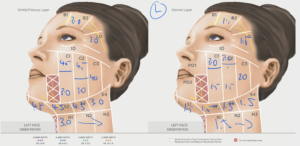
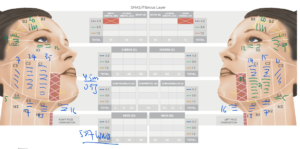
I often get patients asking me how many shots I will give them during a treatment. This reveals the big misconception that you get better results when your doctor fires more shots during Ultherapy.
Yes, the number of shots are important. You need a minimum number to have a good lifting result. In general I perform about 800 shots in a typical treatment, sometimes more, sometimes less. More importantly, however, is where the shots are placed. For the best results, they need to be delivered to the correct, collagen rich layers in the skin, in a, even and consistent way. For example, if I’m firing all my ultrasound energy onto the bone, you will not only have no results, but be in severe pain during the treatment.
Ultrasound visualisation and the See-Plan-Treat protocol allows me to ensure that I consistently deliver energy with every single shot. It is the next step in the evolution of non-invasive treatments, where doctors now are able to hyper-personalise treatments, the best suit the constellation of different skin types which we encounter every day. It is really refreshing to know that although I have been performing Ultherapy for almost 12 years, the treatment continues to evolve and improve.
The “Disadvantages” of Ultherapy Visualisation and SEE PLAN TREAT
This are some short-term disadvantages to performing Ultherapy with the See Plan Treat Protocol. — for the doctor, that is. The treatment time takes a longer time. The average time it takes for me to complete an Ultherapy treatment for the face and double chin is 1 hour to 90minutes, while I only need only 45 to 60minutes to perform Ultherapy without See Plan Treat, and only half the time for a Korean HIFU treatment.
Performing a See Plan Treat Ultherapy treatment also requires more effort and concentration. Your doctor cannot simply place the transducer onto the skin, “zone out” and blindly fire, but needs to look, diagnose and concentrate with every shot. It also takes experience and training to be able to correctly read the ultrasound on the screen. Our nurses also need to be specially trained, to properly document the SEE and PLAN stages. Hence, more experience training, time, effort and manpower is required for a See Plan Treat Ultherapy treatment.
However, this is entirely worth it and I will not hesitate to offer the treatment to my patients, because the results are better. When our patients know that we are doing our best and see the results, they also come back for repeat treatments in the following years.
Despite suffering backaches (and even a trigger finger!!) from performing Ultherapy, it remains one of my favourite non-invasive skin- lifting treatments. For me, nothing is more important than safety and knowing that I am giving my patients the best. With the new See-Plan-Treat protocol, we have entered into a new era of Ultherapy, with hyper- personalisation of the treatment for more customised and effective results. I’m very excited to be one of the first adopters of the protocol in Singapore since 2020, and I sincerely hope that more doctors will also adopt the Ultherapy See Plan Treat, in time to come.
References:
- Friedmann DP, Bourgeois GP, Chan HHL, Zedlitz AC, Butterwick KJ. Complications from microfocused transcutaneous ultrasound: Case series and review of the literature. Lasers Surg Med. 2018 Jan;50(1):13-19. doi: 10.1002/lsm.22768. Epub 2017 Nov 20. PMID: 29154457.
- Vachiramon V, Techakajornkeart R, Leerunyakul K, Chayavichitsilp P. Accuracy of a high-intensity focused ultrasound device with and without real-time visualization system in face and neck treatment of skin laxity. J Cosmet Dermatol. 2020 May 31. doi: 10.1111/jocd.13512. Epub ahead of print. PMID: 32474997.





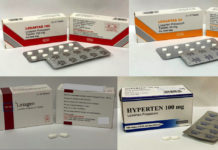




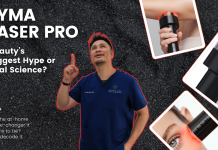

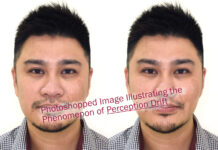
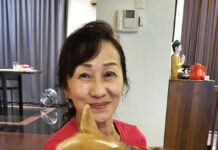
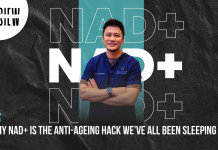




[…] be travelling to KL again next month, to give talks on some topics I am passionate about, including Ultherapy, and combination therapies for anti-aging. At least I will be less stressed then, having […]